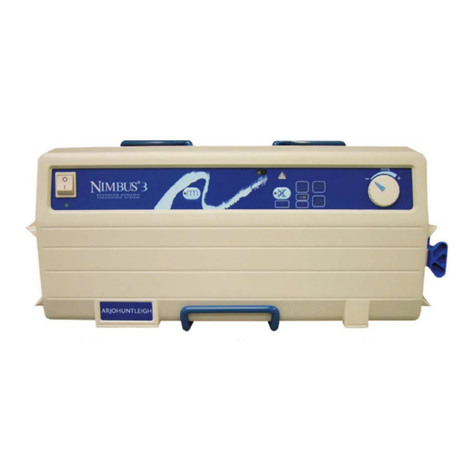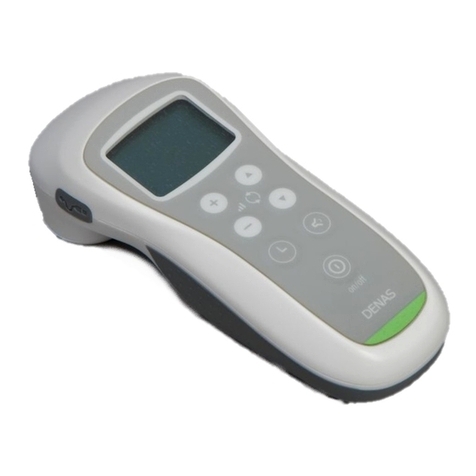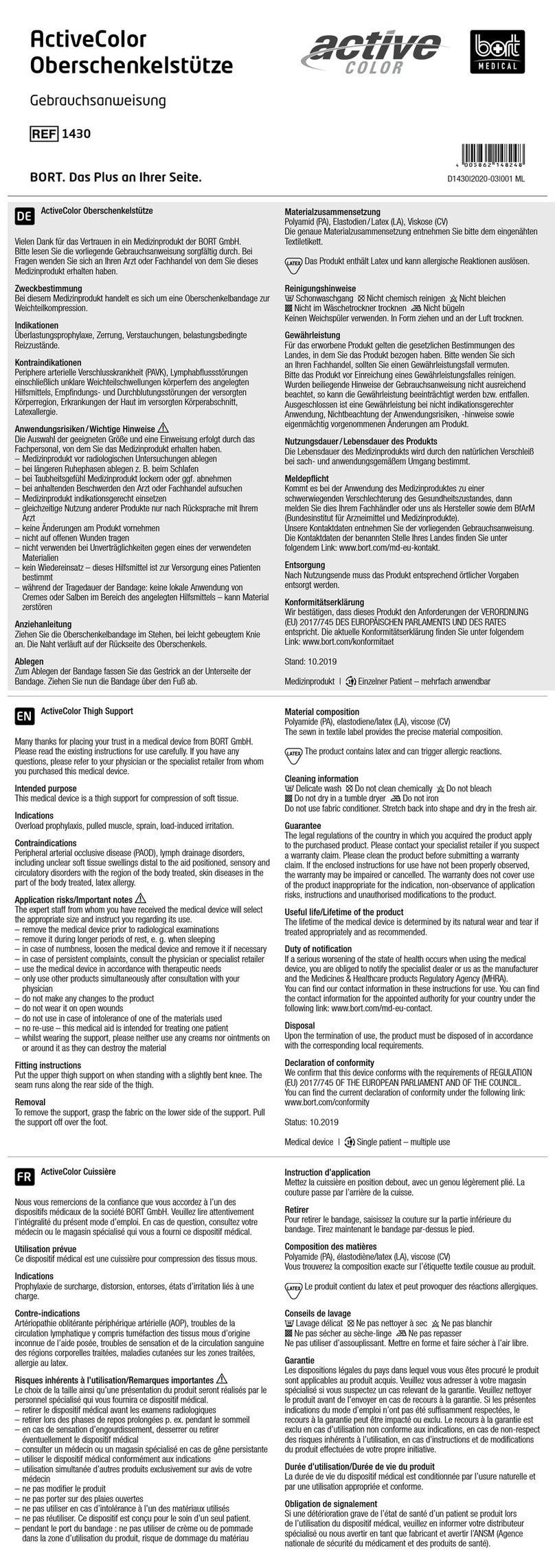
Quest Spectrum® Laparoscopes
7
3. Soak encrusted laparoscopes and accessories in 3 % H2O2 for 5 minutes before cleaning
and disinfection.
4. Use fully desalinated water. Clean manually or in a machine. Observe manufacturer's
indications (e.g. dosing).
5. Always machine-clean after contact with:
blood
wounds
interior tissue
organs
CAUTION: In case of contact with a corrosive substance, clean with water
immediately.
4.3 Manual cleaning/disinfection
Note: Clean laparoscopes and accessories manually exclusively when
machine cleaning is not possible.
In order to clean the laparoscopes and accessories manually, perform the following steps:
1. Observe indications of cleaning agent manufacturer.
2. Use a cleaning agent with a medium pH value (5 - 11).
3. If immediate cleaning is not possible: Soak laparoscopes and accessories in enzymatic
cleaning agent for 15 minutes in such a way that all surfaces, cavities, lumens, and openings
are covered. Observe indications of disinfectant manufacturer.
4. Do not exceed maximum soaking time of 15 minutes.
5. Clean windows (distal and proximal) and glass fiber ends with a cotton swab (wood) or soft
cloth soaked in isopropyl alcohol (70%) or acetone. Alternatively, use a neutral detergent
(hand soap).
6. After chemical disinfection, always rinse sufficiently and thoroughly under clear running
water. Observe indications of disinfectant manufacturer.
7. Remove stubborn dirt with a soft plastic brush. Do not use abrasive cleaning agents or metal
brushes.
8. Clean lumens and channels using soft round plastic brushes, and rinse thoroughly.
9. Use fully desalinated water for final rinsing.
10. Dry laparoscopes with an absorbent, soft, and lint-free cloth.
11. Dry laparoscopes at 60 °C for at least 2 hours.
12. Use compressed air to dry lumens and channels.
13. After cleaning. Lubricate cocks using an approved lubricant.
Note: Diameters of lumens and brushes must be the same.
4.4 Machine cleaning/disinfection
Note: Quest Medical Imaging recommends machine cleaning for
laparoscopes and accessories.
In order to clean the laparoscopes and accessories with a machine, perform the following steps:
1. Carry out thermal disinfection in a machine. Observe national requirements regarding A0
value (see ISO 15883).
2. Clean laparoscopes and accessories exclusively in instrument washers, and with suitable
methods.
3. Observe indications of ultrasound cleaner, washers and cleaning agent manufacturers.
4. Make sure that manufactures of ultrasound cleaners, washers, and cleaning agents
recommend their methods for laparoscopes and accessories.
5. For machine cleaning, put laparoscopes and accessories on suitable screen baskets
suitable for cleaning (avoid "cleaning shadows").
































